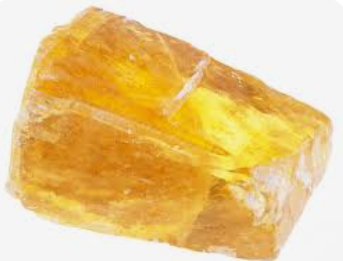IUPAC Name
(4aR)-1,4a-dimethyl-7-propan-2-yl-2,3,4,4b,5,6,10,10a-octahydrophenanthrene-1-carboxylic acid
Cas Number
8050-90-7
HS Code
3806.10.00
Formula
C20H30O2
Appearance
Pale Yellow Cristal
Common Names
Gum Rosin Grade WW
Packaging
(225 kg Galvanized Iron Drum), (25 kg Net Kraft Paper Bag)
Brief Overview
Gum Rosin Grade WW is a transparent, pale to almost colorless resin extracted from pine trees, primarily the slash pine (Pinus elliottii) and longleaf pine (Pinus palustris). The "Water White" designation denotes a high degree of purity, resulting in a resin with minimal coloration. It is obtained through the process of tapping living pine trees and collecting the exuded resin.
Gum Rosin is produced from the crude pine resin collected from pine trees. The resin is subjected to distillation and the distillation process is carried out in large copper stills. The volatile liquid terpene components would separate from the mixture as it vaporizes at a temperature between 100 to 160°C, leaving behind fluid rosin as the distillate. This fluid rosin is collected and purified by passing it through straining wadding. The condensate left behind is called turpentine oil.
Adhesives and Glues
Gum rosin is a crucial component in the formulation of adhesives and glues. It provides tackiness and adhesion, making it an essential ingredient in various adhesive products used in industries such as woodworking, packaging, and construction.
Printing Inks
In the printing industry, gum rosin is employed in the production of inks. It contributes to the ink's adhesive properties, allowing it to adhere effectively to paper and other surfaces. The resin also helps in controlling the ink's viscosity and drying characteristics.
Rubber Industry
Gum rosin is utilized in the rubber industry as a softening agent. It is added to rubber compounds to enhance flexibility and improve processing properties during the manufacturing of various rubber products.
Paints and Coatings
In the formulation of paints and coatings, gum rosin acts as a binder and provides adhesive properties. It contributes to the film-forming characteristics of coatings, making them adhere well to surfaces and enhancing their durability.
